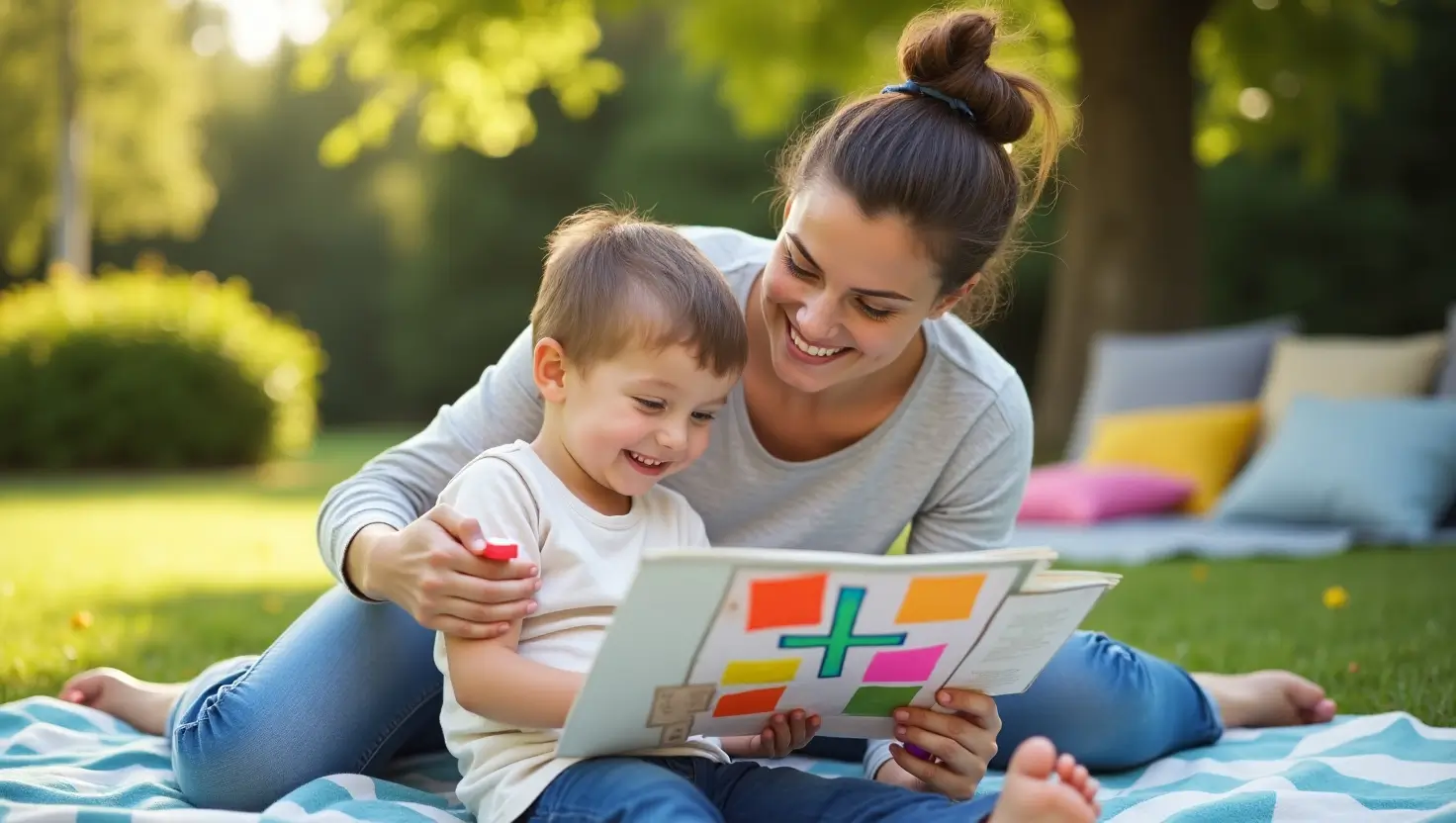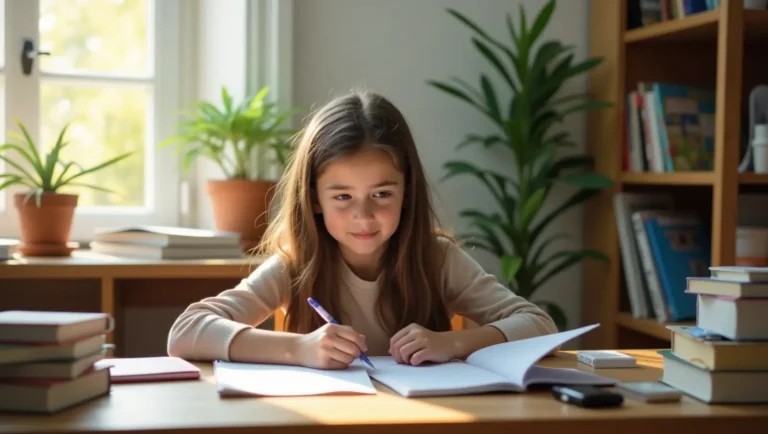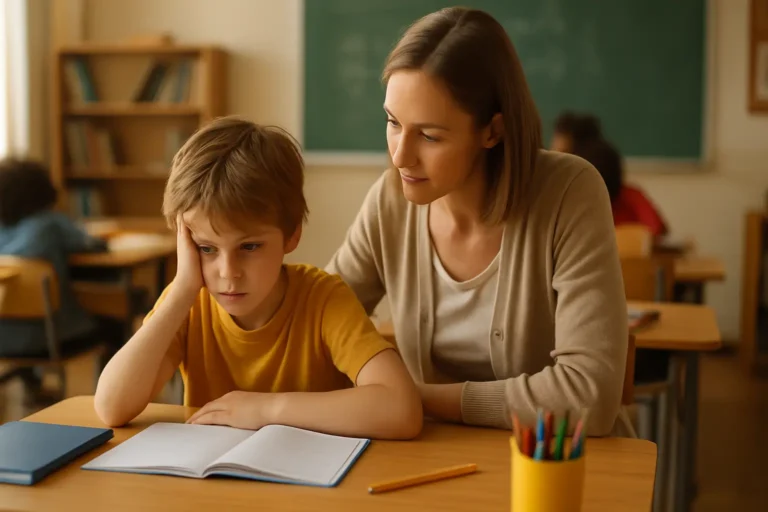Summer Transitions for Children with Autism and ADHD: Complete Parent’s Guide 2025
Summer holidays often represent a joyful break from the school year for many families—a chance to relax, travel, and enjoy unstructured time. However, summer transitions for children with autism and ADHD can present significant challenges when moving from highly structured school environments to more fluid summer routines.
For children with Autism Spectrum Disorder (ASD) and Attention Deficit Hyperactivity Disorder (ADHD), summer transitions can affect their emotional well-being, sleep and eating habits, and overall behavior, making what should be a fun break feel stressful and overwhelming.
In this comprehensive guide, we will explore why summer transitions are difficult for children with autism and ADHD, identify effective strategies to prepare your child, and suggest practical tools and approaches to help make summer breaks smoother and more enjoyable for the whole family.
Table of Contents
Understanding the Challenges of Summer Transitions for Children with Autism and ADHD
The Importance of Routine and Predictability
Children with autism and ADHD thrive on structure and predictability during structured school environments. The school environment typically offers:
- Consistent daily routines
- Clear expectations and boundaries
- Regular social interactions
- Predictable transitions between activities
When the school year ends, this structure disappears, replaced by open-ended days, fewer scheduled activities, and shifts in sleeping and eating patterns. Summer transitions for children with autism become particularly challenging because this abrupt change can be confusing and anxiety-provoking.
Why Transitions Are Hard: Sensory and Cognitive Factors
Executive Functioning Difficulties: ADHD is characterized by challenges in executive functions such as planning, organizing, and regulating attention. The unpredictability of summer days makes it hard for these children to plan and manage their time effectively.
Sensory Sensitivities: Many children with autism have heightened or altered sensory processing. Changes in environment, noise levels, social settings, or even temperature during summer activities can lead to sensory overload, increasing stress.
Anxiety and Uncertainty: Transitions often involve a shift from preferred to non-preferred activities or unfamiliar routines. The uncertainty associated with what will happen next can cause heightened anxiety.
Sleep and Eating Disruptions: Changes in daily schedule often disrupt sleep-wake cycles and mealtimes, which further exacerbate behavioral and emotional difficulties.
Preparing Your Child for Summer Transitions: Step-by-Step Strategies
Successfully managing summer transitions for children with ADHD and autism requires proactive planning and the right tools. Here are evidence-based strategies that work:
1. Create a Visual Transition Plan
Visual supports are highly effective for children with autism and ADHD because they make abstract concepts concrete. A visual transition plan might include:
Visual Schedules: Use calendars, charts, or picture schedules showing daily activities, outings, and rest times. This helps your child anticipate what’s coming next and reduces uncertainty.
Countdown Timers: For children with ADHD who struggle to understand the passage of time, countdown timers or countdown chains (removing one link each day) can make waiting and transitions more tangible.
Social Stories: These are simple illustrated narratives that explain upcoming events, what to expect, and appropriate behaviors. Social stories can mentally prepare children for changes such as going to a summer camp, visiting family, or returning to school.
2. Involve Your Child in Planning
Whenever possible, include your child in creating their summer plan. Giving them a sense of control can reduce resistance to change and increase cooperation. Discuss what activities they enjoy, what worries them, and brainstorm solutions together.
3. Maintain a Flexible Yet Predictable Routine
While summer naturally brings less structure, maintaining some consistent routines—such as wake-up and bedtimes, mealtimes, and quiet reading or sensory break periods—can anchor your child’s day and reduce stress.
At the same time, build some “flexibility zones” into the schedule. For example, label certain times as “surprise time” or “free play,” where the child can choose activities. This balance helps children anticipate some aspects of the day while adapting to changes.
4. Use Sensory Tools to Support Emotional Regulation
Sensory regulation strategies are critical to managing anxiety and overstimulation during transitions.
Deep Breathing Exercises: Teach your child simple breathing techniques (like “smell the flower, blow out the candle”) to calm their nervous system.
Fidget and Sensory Toys: Items like stress balls, weighted blankets, chewable jewelry, or textured fabrics can provide calming sensory input.
Quiet Spaces: Create a dedicated calm-down corner or sensory retreat area at home where your child can go when feeling overwhelmed.
5. Trial, Error, and Documentation
Not all strategies work equally for every child. Keep a journal or notes on what techniques reduce anxiety or improve compliance during the transition. Record which activities and routines your child responds best to and which cause stress.
This record will be valuable not only for the summer but for other transitions during the school year or special events.
Supporting Sleep and Eating Routines During Summer
Summer transitions affect sleep and eating patterns for children with autism and ADHD more than neurotypical children. Maintaining consistent routines is crucial for behavioral stability.
Sleep Hygiene Tips for Summer Transitions
Disrupted sleep can exacerbate behavioral challenges during summer transitions for children with autism and ADHD. Help your child maintain good sleep hygiene:
- Consistent sleep schedule: Stick to bedtimes and wake-up times, even on weekends
- Screen time limits: Reduce screen exposure at least one hour before bed
- Calming bedtime routines: Use bedtime routines like reading or soft music
- Optimal sleep environment: Consider white noise machines or blackout curtains
Managing Eating Changes During Summer Transitions
Summer schedules disrupt regular meal patterns for children with autism and ADHD. Consistent nutrition supports emotional regulation during transitions. Encourage:
- Regular meal timing: Maintain consistent meal and snack schedules
- Balanced nutrition: Include balanced meals with protein, fruits, and vegetables to support mood and energy
- Adequate hydration: Increase water intake, especially during hot summer days
- Familiar foods: Keep preferred foods available during transition periods
Planning for the Return to School After Summer
Back-to-school transitions after summer break require as much preparation as the initial summer transition. Just as summer transitions for children with autism and ADHD need planning, returning to school requires structured preparation:
- Begin talking about school a few weeks before classes resume
- Gradually reintroduce school-like routines (e.g., waking early, scheduled activities)
- Use social stories about going back to school and meeting teachers or classmates
- Visit the school if possible, to refresh familiarity
Additional Tips for Parents: Managing Your Own Stress and Expectations
Supporting a child with autism or ADHD through transitions can be demanding. Remember:
Practice Self-care: Your calm presence helps your child feel safe. Consider mindfulness practices or parent support resources.
Seek Support: Connect with other parents through support groups or consult with professionals.
Celebrate Small Wins: Recognize your child’s efforts and progress.
Summary: Making Summer Transitions Smoother for Children with Autism and ADHD
Successfully managing summer transitions for children with autism and ADHD requires understanding, preparation, and the right tools. Key strategies include:
- Recognize transition challenges specific to autism and ADHD
- Develop visual summer transition plans with schedules and social stories
- Use countdown timers and social stories for mental preparation
- Maintain balanced routine and flexibility during summer months
- Utilize sensory tools and calming techniques for emotional regulation
- Monitor sleep and eating routines carefully throughout summer
- Prepare in advance for back-to-school transitions
By adopting a thoughtful, proactive approach to summer transitions, you can transform the summer break from a stressful disruption into a joyful and enriching experience for your child and family.







